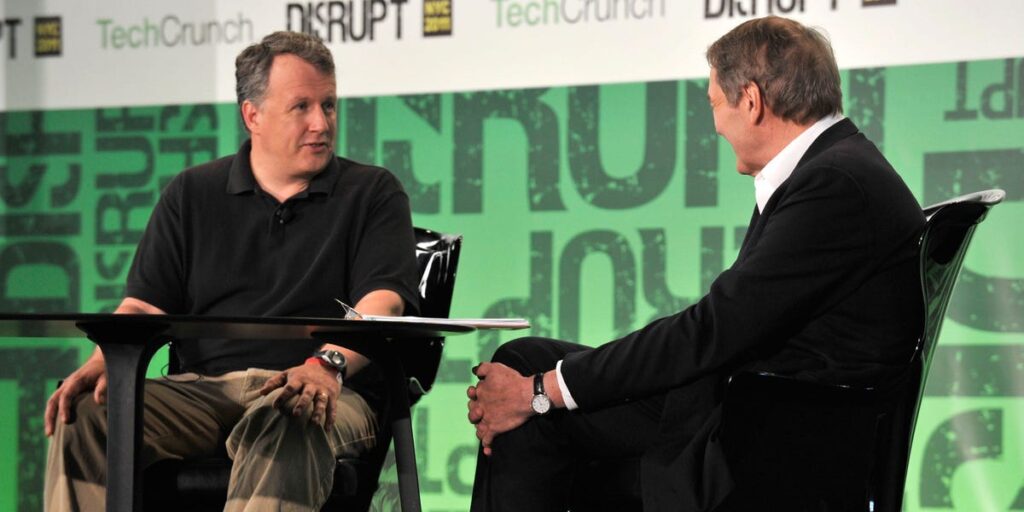Going “founder mode” means staying close to the action, keeping a watchful eye on every layer of your company’s operations, even as it leaves the small-scale startup days.
What it doesn’t mean is micromanaging, according to the guy who coined the phrase.
Paul Graham, cofounder of the famed startup accelerator Y Combinator, first wrote the term in a 2024 essay that quickly made waves in Silicon Valley. In the essay, he separated “founder mode” from “manager mode,” explaining that corporate visionaries are far too often asked to become “professional managers” and delegate to C-suite executives as their companies expand.
Graham wrote the essay after hearing Airbnb CEO and cofounder Brian Chesky give a talk about his management philosophy. Published in September, the essay caught fire among a generation of tech founders looking to reclaim their increasingly bureaucratic operations.
Almost a year later, Graham reflected on the essay on the “Social Radars” podcast hosted by Y Combinator cofounder Jessica Livingston and Carolynn Levy, the incubator’s managing director.
Livingston pointed out that some people had accused Chesky of micromanaging and wondered whether “we need to de-stigmatize the word micromanaging.”
Graham pushed back, saying there’s “such a thing” as “going too far.”
Please help BI improve our Business, Tech, and Innovation coverage by sharing a bit about your role — it will help us tailor content that matters most to people like you.
What is your job title?
(1 of 2)
What products or services can you approve for purchase in your role?
(2 of 2)
this data to improve your site experience and for targeted advertising.
By continuing you agree that you accept the
Terms of Service
and
Privacy Policy
.
Thanks for sharing insights about your role.
“For example, one thing we know is going too far is when you make someone do their job worse,” Graham said. He said that if we “measure by results,” then micromanaging to a worse outcome is “certainly possible to do.”
Graham gave the example of graphic designers who know significantly more about design than their clients. An overly meddlesome boss might slow the graphic designer down, ignore their expertise, and steamroll their way to a terrible final product.
“A rule of thumb in the world of advertising [is] never let the customer be in the ads,” he said, giving another example. “Because they think they’re an actor, and they’re just not.”
Graham said it’s worth thinking about where the line between “founder mode” and micromanaging lies, as there are examples of successful collaborations with “notoriously picky” people, like Apple cofounder Steve Jobs and his chief designer.
“If anybody was going to be accused of micromanaging someone, it would be Steve Jobs. And yet somehow, Jony Ive, who’s this brilliant designer, didn’t mind it. He seemed to have loved working with Steve. So there is an example of the other side,” Graham said. “You could see something’s micromanaging if the results are worse. You can see that whatever it was was not micromanaging, so you’re kind of narrowing it down.”
The idea that Ive looked back fondly on his time collaborating with Jobs — he has called it “the most joyful and extraordinary 15 years of my life” — led Graham to his ultimate conclusion: “If the person who’s not the boss, the person who works for the boss, if they feel like it’s a collaboration, then it’s not micromanaging.”
Read the full article here


